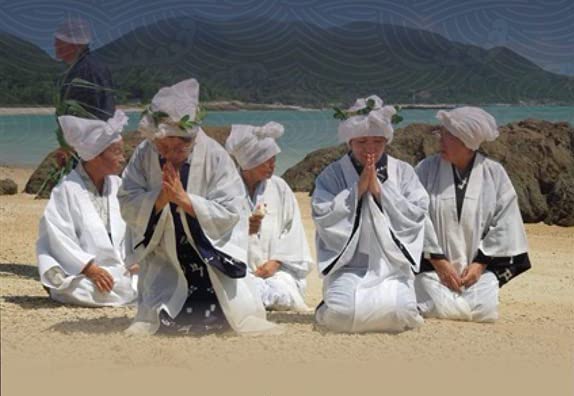An Inn that Established New Standards for Japanese Resorts
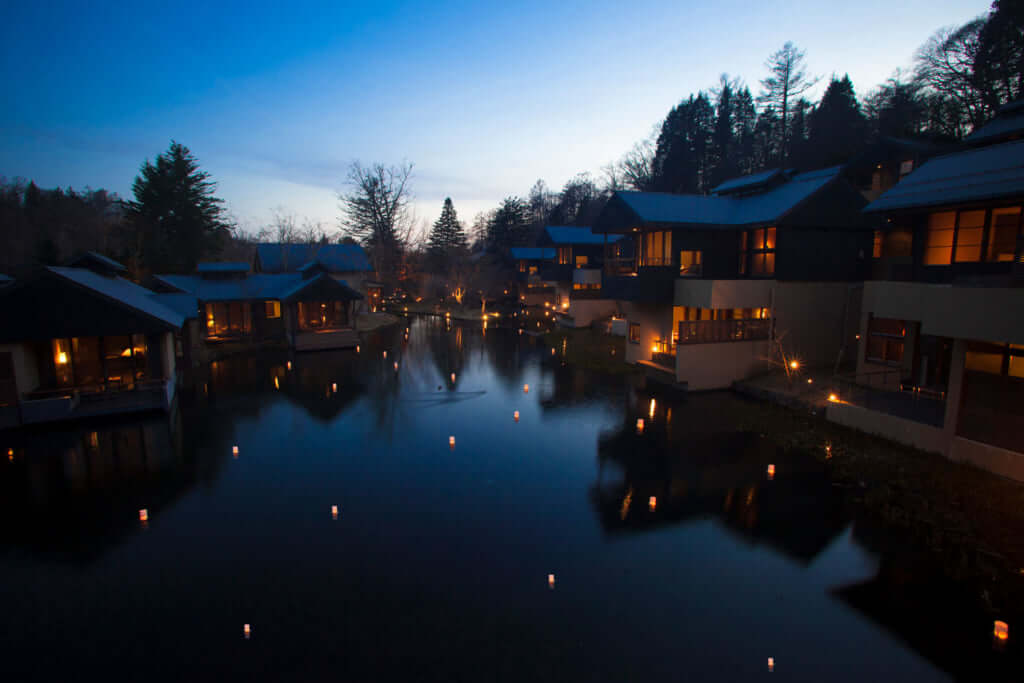
Water pours into the pond in the centre of the site from the Yukawa River flowing alongside the property. It also serves as an equalising pondage for the hydroelectric generating station lying downstream.
The Hoshino area of Karuizawa, in which Hoshinoya is located, is full of nature, bisected by the Yukawa River, a tributary of the Chikumagawa River, and surrounded by an expansive forest full of wild birds. From ancient times, the Hoshino Hot Springs area was familiar as a ‘follow-up bath’ after bathing in the Kusatsu Hot Springs (in Gunma Prefecture), and is currently open to the general public as the Tombo (‘Dragonfly’) Bath, with its history stretching back to 1910’s. Kasuke Hoshino I, who primarily ran a sericultural firm in Saku City in eastern Nagano Prefecture but also operated a lumber firm in what was then Kutsukake (now Karuizawa), decided to go into the hot-spring business as well. After struggling for several years, Kasuke finally found a thermal source in 1914. He then hired a temple and shrine contractor to build a bathhouse and inn, whereupon he started the hot-spring inn business. Removed as it was from the village, the inn initially lacked electricity, so his son, Kasuke Hoshino II, thought of using a wooden waterwheel originally meant to power his family’s lumbermill and converting it into a power-generating station for the inn. After importing a generator from Germany and performing extensive research on it, he discovered how to generate electricity properly through a genuine turbine water wheel. That became the starting point for Hoshinoya Karuizawa, which advertises itself as an ‘eco-resort that uses no fossil fuel’. The pond that is situated in the middle of the guest rooms, and into which water flows torrentially, originally served as a reservoir for the hydroelectric generation.
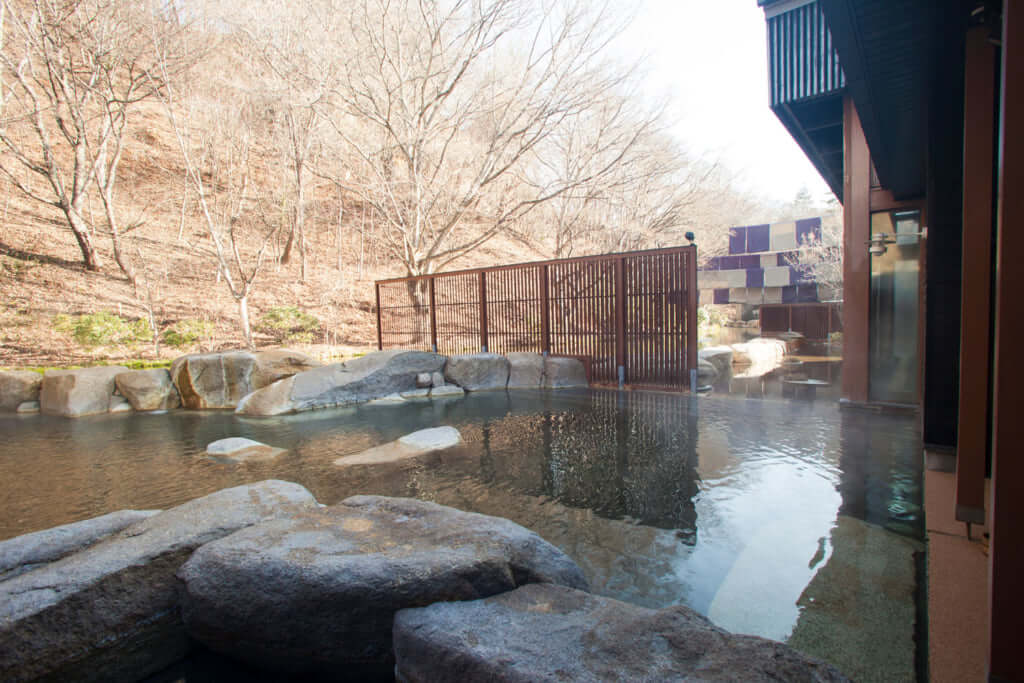
The Tombo (‘Dragonfly’) Bath is also open for use, offering bathers an expansive environment that is embraced by natural surroundings and the vast open sky all year round. In the past, it gained fame as ‘Akaiwa Mineral Springs’ among patients returning from receiving cures at the Kusatsu Hot Springs in Gunma Prefecture.
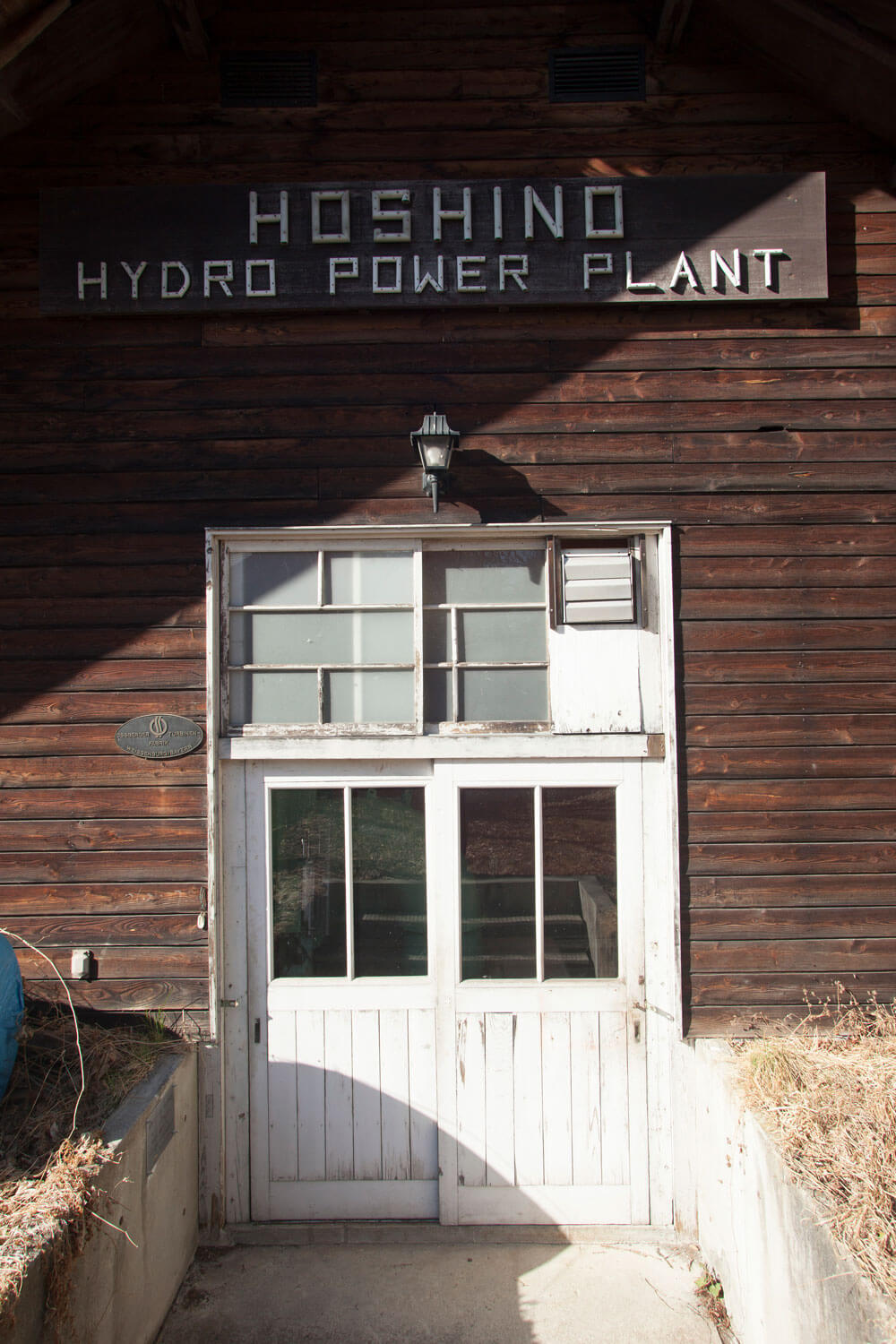
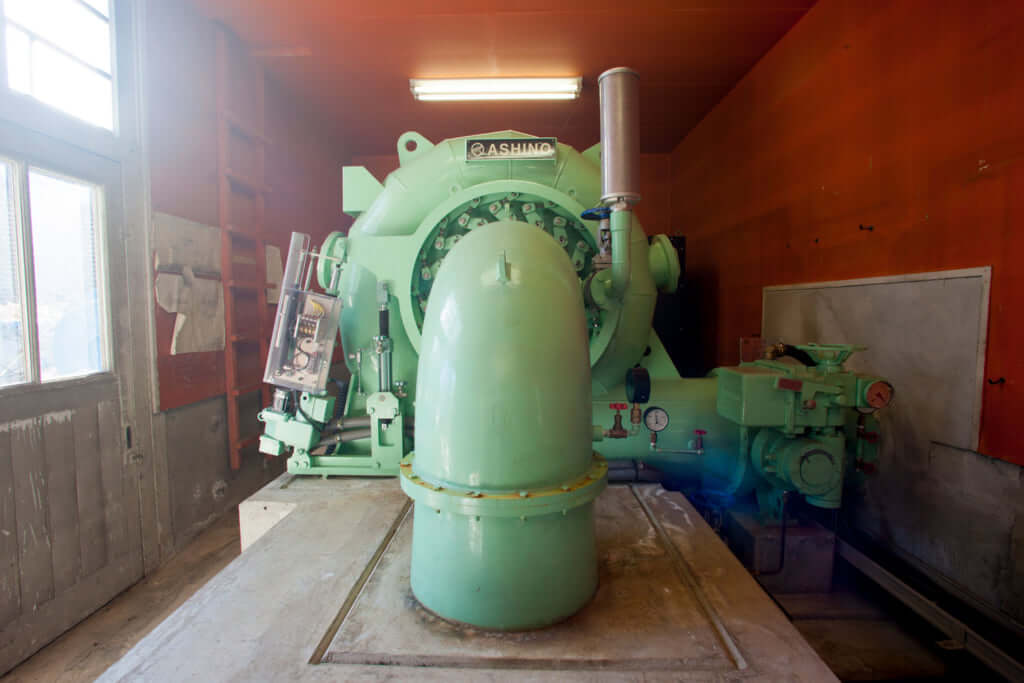
The hydroelectric generating plant constructed by Kasuke Hoshino II. The generator, still working, is located inside a building that looks like a mountain hut. In addition, the effluent from the hot springs as well as geothermal heat are used for heat recovery, resulting in an energy self-sufficiency rate of 73 percent.
The beginning was a hot-spring inn in the valley where cultured people got together.
Around the 1910’s, Hoshino Hot Springs in the summertime also served as an epicentre of cultural activity. At the beginning, what was called the Arts Free Education Lecture Course was held in a timber shed by such men as the painter Kanae Yamamoto (1882-1946), who had just returned from France, the poet Hakushu Kitahara, the novelist Miekichi Suzuki, and the pacifist Kanzo Uchimura. The course ended up having a significant impact on Japanese educational circles. Such literary stars as the married couple, Akiko Yosano and Tekkan Yosano, were also frequent visitors, and stone monuments engraved with their words remain on the site today.
There are even more episodes to relate. Kasuke Hoshino III was a disciple of Godo Nakanishi (1895-1984), who founded the Wild Bird Society of Japan in 1934. A lover of wild grass, insects, and birds, he pledged his whole life to the preservation of nature, carrying out various efforts to that end. That spirit has been inherited by Picchio, a local group offering eco-tours and nature tours, including bird and animal watching.
In recent years, Japanese resorts have fundamentally changed their philosophy. While Hoshinoya has drawn attention as a pioneer in that respect, everything goes back to Karuizawa as a starting point. The principles of building a sustainable environment, protecting nature, and developing a silent space for contemplation—all of which were initiated by the founder a century ago and later continued to be maintained by his descendants—are still strong in force today.
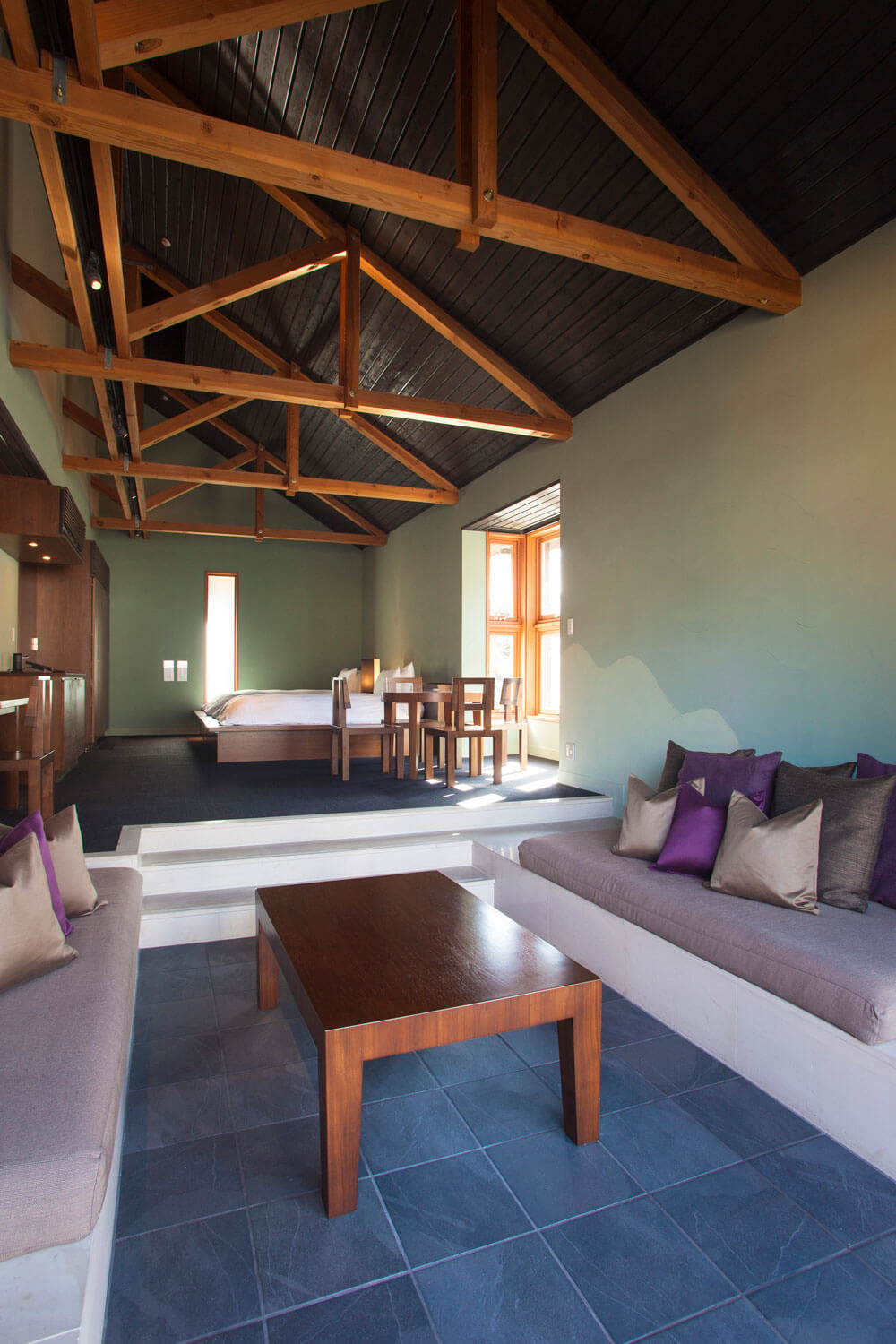
The rooms have all been designed to have a view of the natural scenery. The so-called ‘lantern roofs’, a kind of ceiling vent, allows for the circulation of air, making the summers comfortable as well.
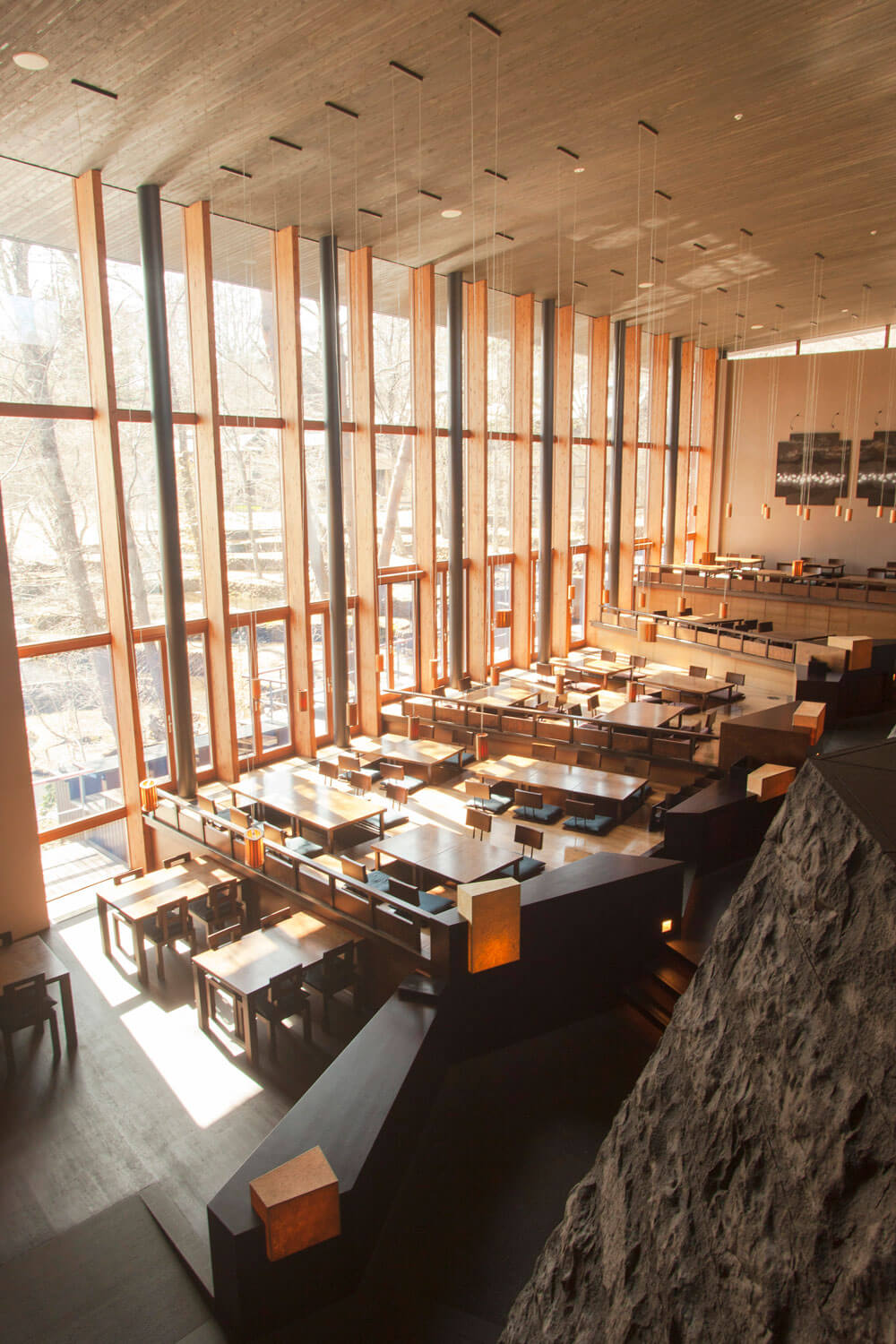
The assembly building is the location of the front desk, the library lounge, and the main dining room. The garden visible from the windows is designed in the fashion of terraced rice fields.
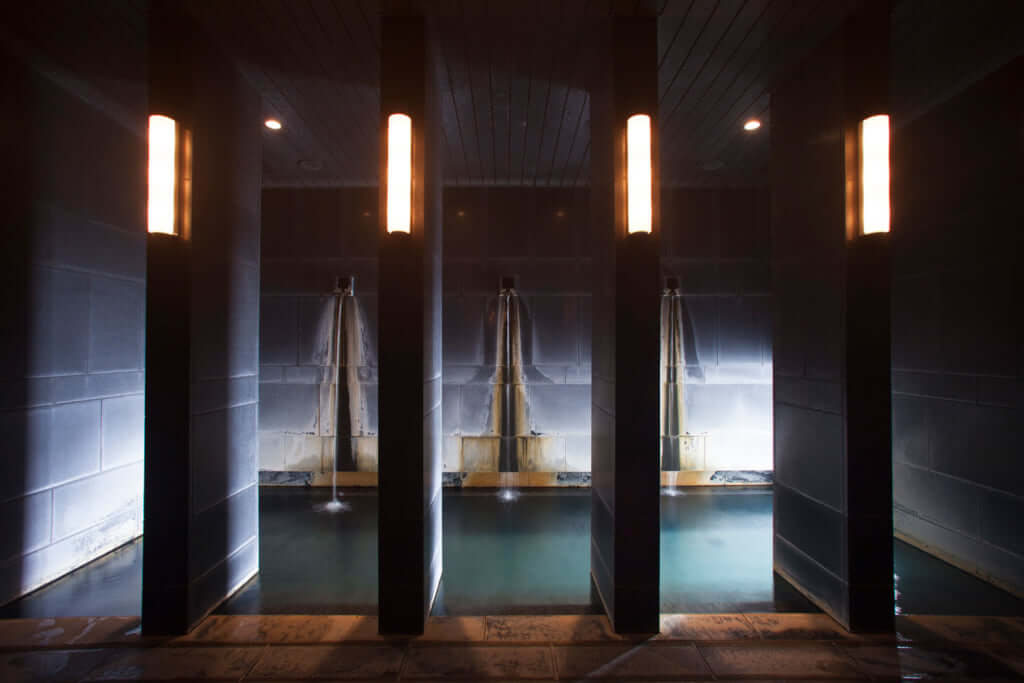
The Meditation Bath is restricted to guests at the inn. As you go deeper within, you can find a bath for meditation from which all light has been shut out. An elaborate system of adjusting the hot-water supply from the hot springs has been developed to enable water temperatures different from those in the Tombo Bath.
Hoshinoya Karuizawa
Address: Hoshino, Karuizawa-cho, Kitasaku-gun, Nagano
Tel: +81 (0)570 073 066 (for general reservations)
77 rooms in total
Prices: Yamaroji Room from 63,000 JPY; Niwaroji Room from 72,000 JPY; Mizunami Room from 81,000 JPY.
The prices include taxes and service fees. The rates are per room (for use by one to five persons). Ordinarily, minimum two nights’ booking is required.
Access: Approximately 15 minutes by taxi from JR Karuizawa Station. Free shuttle bus available from the south exit of the station.
https://hoshinoya.com/karuizawa
Information as of May 2018.
TRENDING
-
The Tradition of the Black Eggs of Mount Hakone
In the volcanic valley of Owakudani, curious looking black eggs with beneficial properties are cooked in the sulphurous waters.

-
The Tattoos that Marked the Criminals of the Edo Period
Traditional tattoos were strong signifiers; murderers had head tattoos, while theft might result in an arm tattoo.

-
Gashadokuro, the Legend of the Starving Skeleton
This mythical creature, with a thirst for blood and revenge, has been a fearsome presence in Japanese popular culture for centuries.

-
‘YUGEN’ at Art Fair Tokyo: Illumination through Obscurity
In this exhibition curated by Tara Londi, eight international artists gave their rendition of the fundamental Japanese aesthetic concept.

-
An Encounter with the Last Shamans in Japan
Sociologist Muriel Jolivet's book offers an analysis combined with a travelogue and interviews with these women with supernatural powers.





